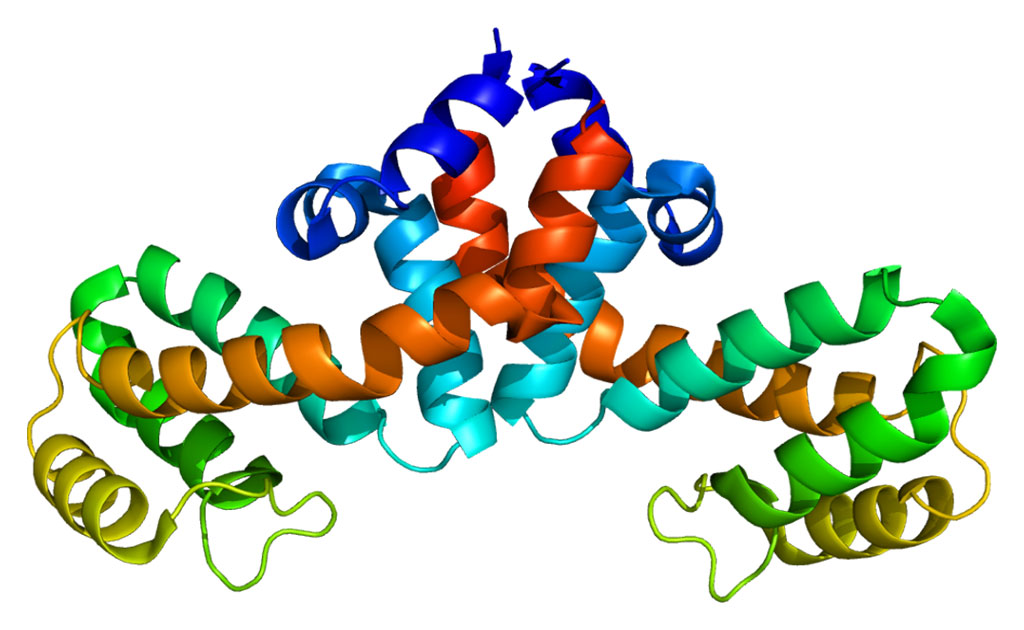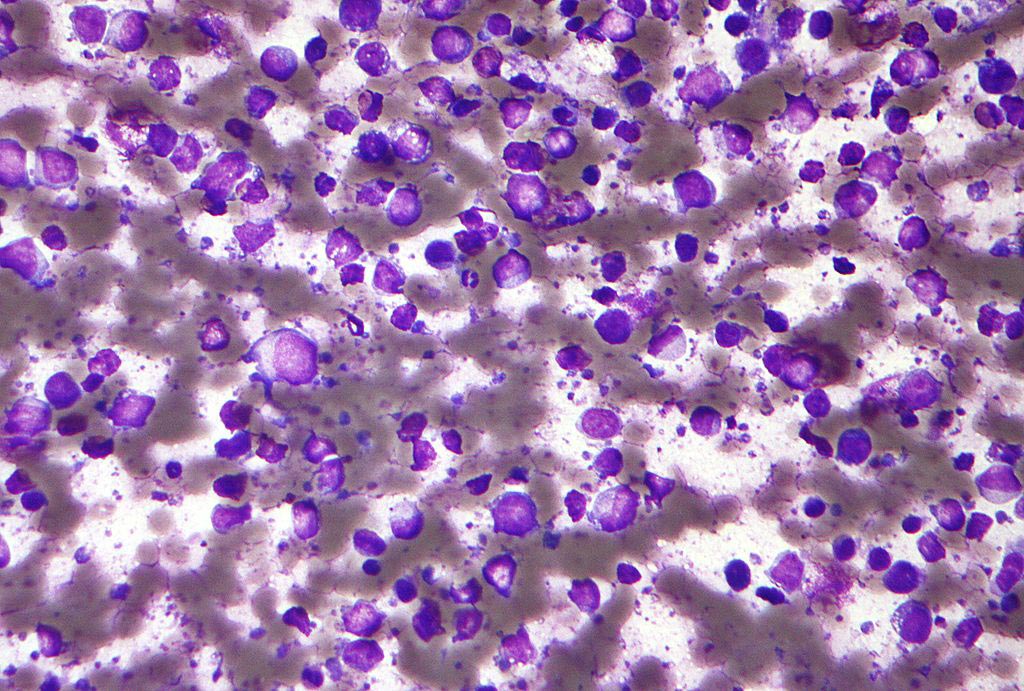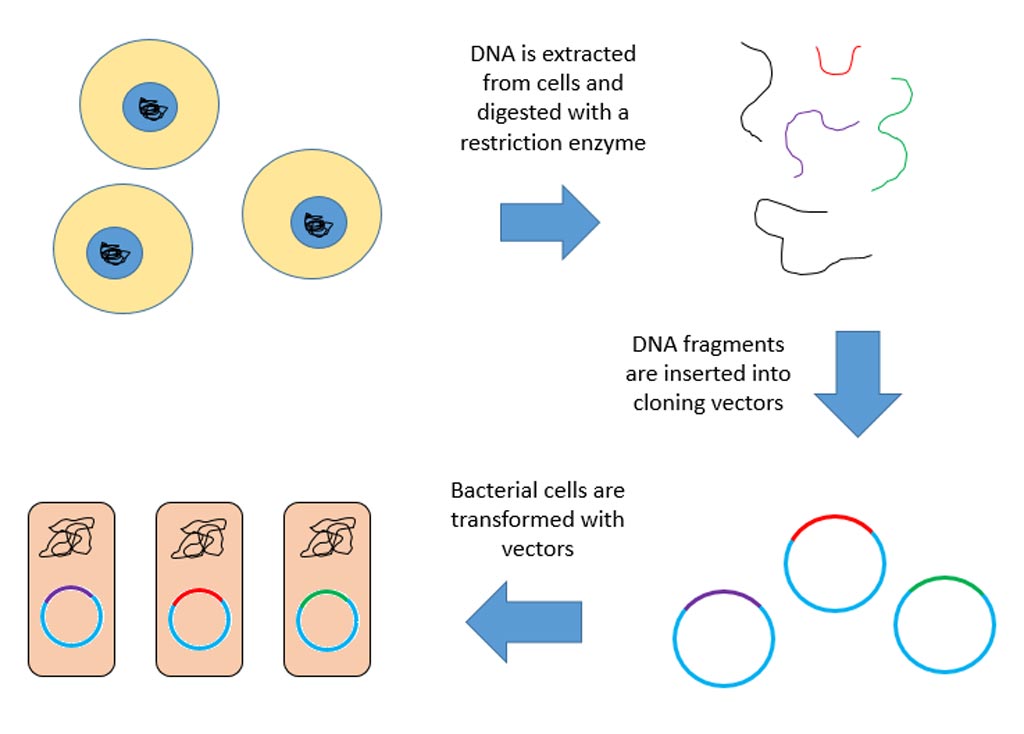Drug Developers Ponder Use of Highly Concentrated Protein Nanoparticles
By LabMedica International staff writers
Posted on 13 Feb 2012
Drug developers have shown that nanoparticles comprised of extremely high concentrations of protein molecules maintain the stability and metabolic function of the proteins until they are injected or diluted.Posted on 13 Feb 2012
Investigators at the University of Texas (Austin, USA) have been experimenting with protein nanoparticles for the last several years. In the current study, which was published in the January 19, 2012, online edition of the journal ACS Nano, they created highly concentrated antibody dispersions (up to 260 mg/mL) comprising dense equilibrium nanoclusters of protein (monoclonal antibody 1B7, polyclonal sheep immunoglobulin G, and bovine serum albumin) molecules. The nanoclusters were formed by lowering the pH of the protein solution and adding the sugar trehalose as a co-solute, which strengthened the short-ranged attraction between protein molecules.
The extremely concentrated environment within the nanoclusters (700 mg/mL) provided conformational stability to the protein through a novel self-crowding mechanism, as shown by computer simulation, while the primarily repulsive nanocluster interactions resulted in colloidally stable, transparent dispersions.
Upon dilution of the dispersions in vitro, the clusters rapidly dissociated into fully active protein monomers as was shown by biophysical analysis and sensitive biological assays. In vivo subcutaneous injection into mice resulted in pharmacokinetics indistinguishable from that of a standard antibody solution.
“This general physical concept for forming highly concentrated, yet stable, protein dispersions is a major new direction in protein science,” said first author Dr. Keith P. Johnston, professor of chemical engineering at the University of Texas. “We believe this discovery of a new highly concentrated form of proteins – clusters of individual protein molecules – is a disruptive innovation that could transform how we fight diseases. It required integration of challenging contributions in fundamental science and engineering from three of our chemical engineering research groups.”
Related Links:
University of Texas













